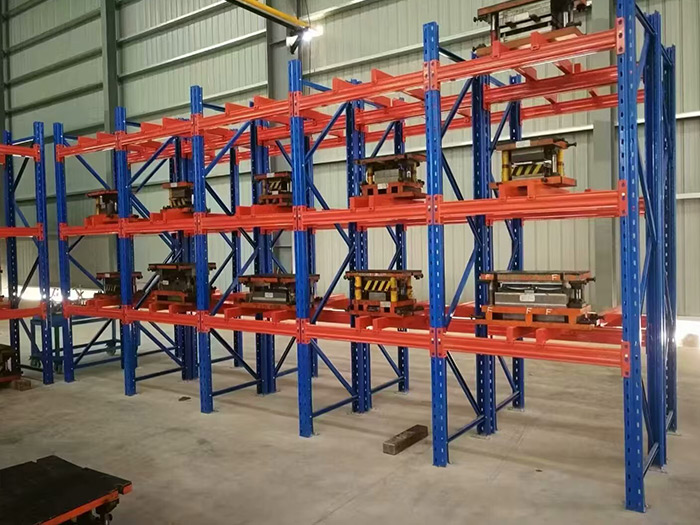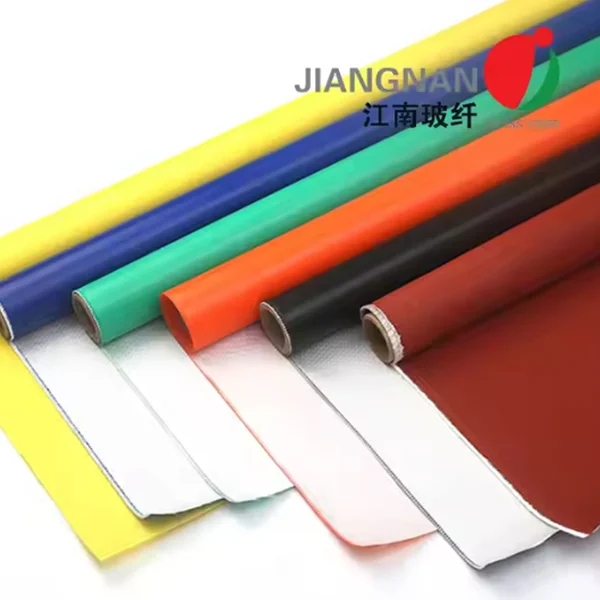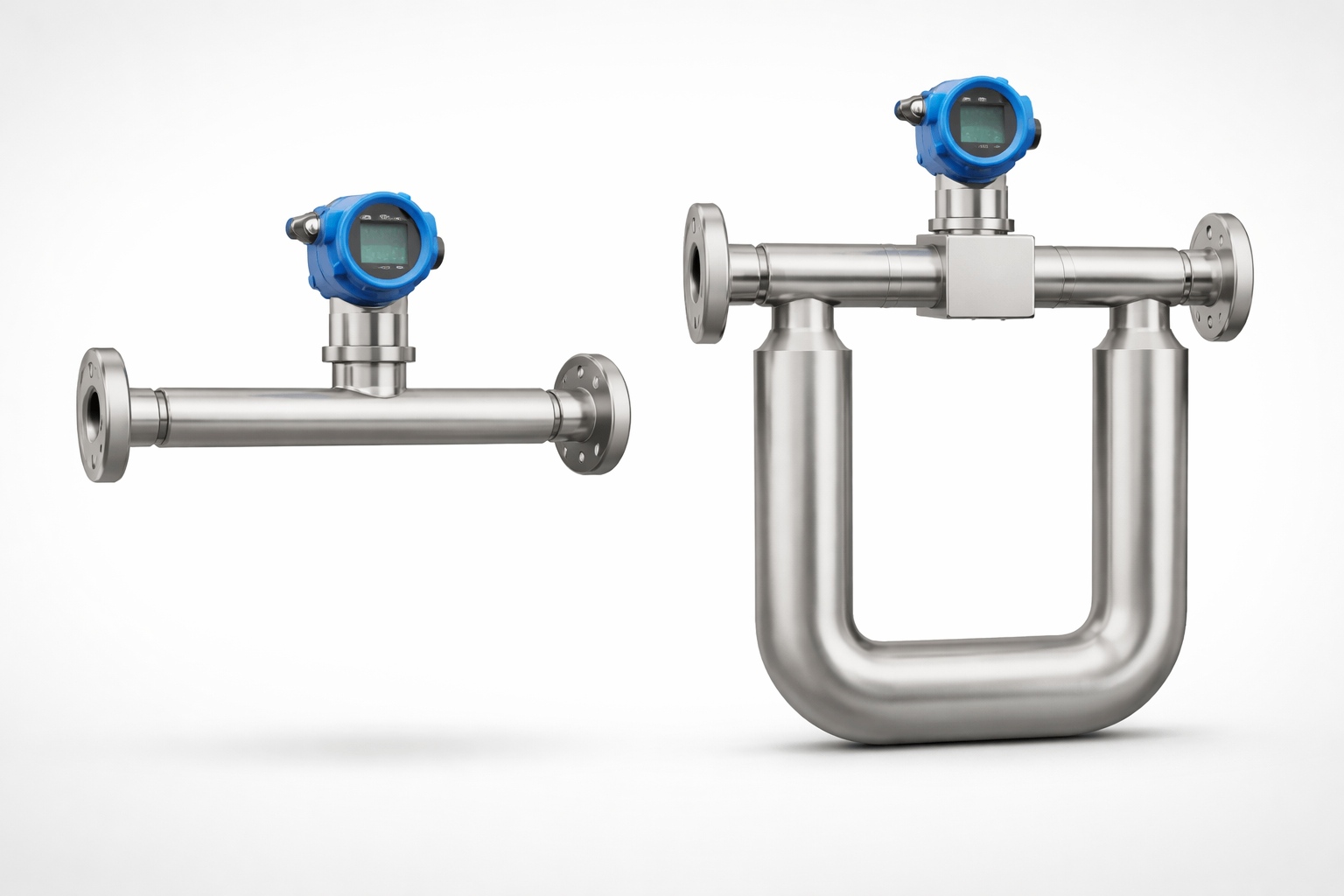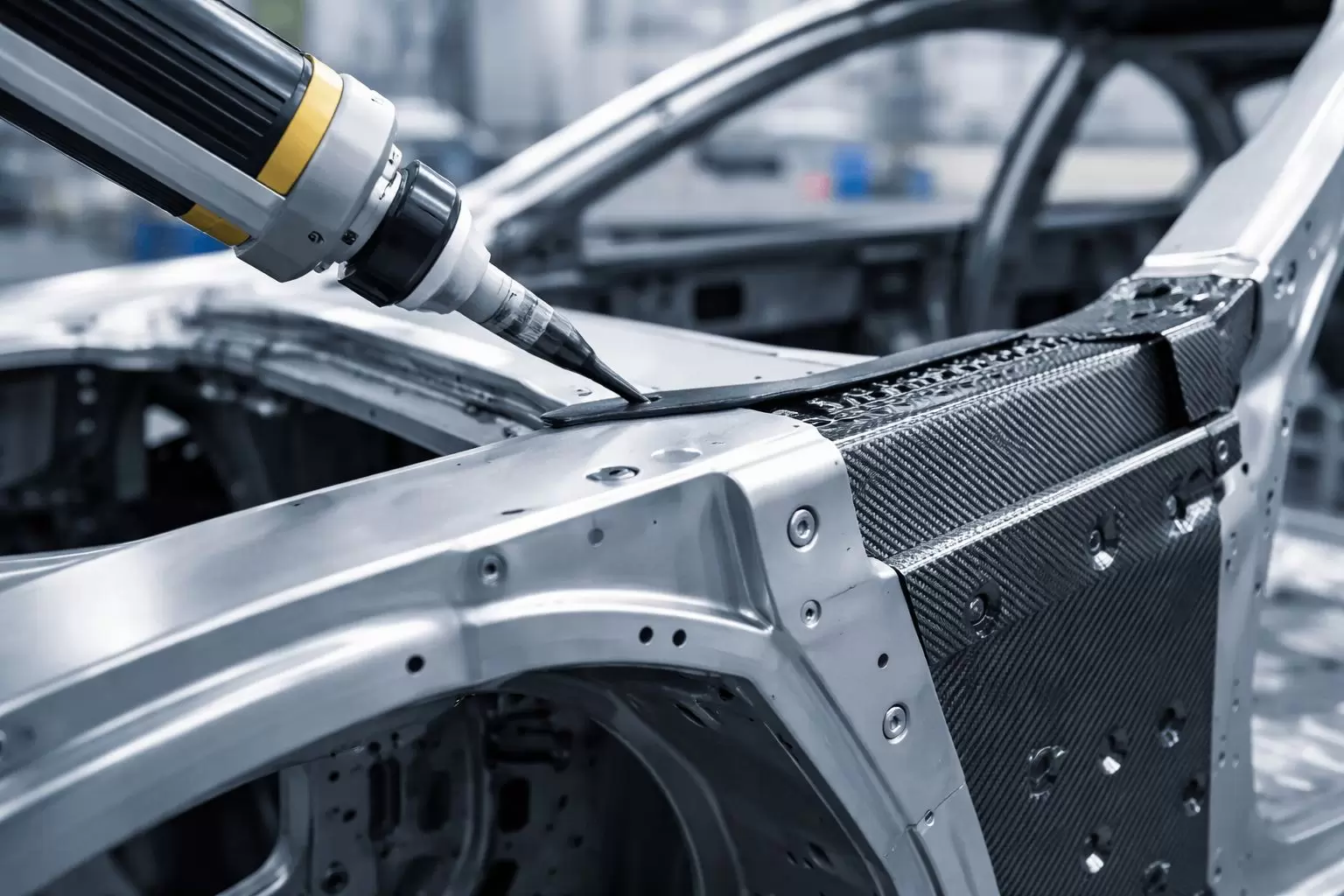When designing an outdoor space, particularly in regions characterized by high temperatures, selecting the right patio material is crucial. The ideal material not only enhances the aesthetic appeal of your patio but also ensures durability, comfort, and low maintenance. In this article, we will explore various materials suitable for patios in hot climates, considering factors such as heat retention, comfort underfoot, maintenance requirements, and environmental impact.
Understanding the Challenges of Hot Climates
Before diving into specific materials, it’s essential to understand the challenges posed by hot climates. High temperatures can lead to discomfort, heat retention, and even damage to certain materials over time. Therefore, the best patio materials should possess the following characteristics:
- Heat Resistance: Materials that do not absorb excessive heat are preferable, as they remain cooler underfoot.
- Durability: The material should withstand harsh weather conditions, including UV radiation, which can cause fading and deterioration.
- Low Maintenance: In hot climates, maintenance can become a chore. Choosing materials that require minimal upkeep can save time and resources.
- Aesthetic Appeal: The material should complement the overall design of your home and landscape.
Top Patio Materials for Hot Climates
- Natural Stone
Natural stone, such as travertine, slate, or granite, is an excellent choice for patios in hot climates. These materials are not only aesthetically pleasing but also have a low thermal conductivity, meaning they do not absorb and retain heat as much as other materials. Travertine, in particular, is known for its ability to stay cool underfoot, making it a popular choice for poolside patios. Additionally, natural stone is highly durable and can withstand the elements, making it a long-term investment.
- Concrete Pavers
Concrete pavers are another viable option for hot climates. They can be designed in various colors and patterns, allowing for customization to fit your aesthetic preferences. Concrete pavers are also designed to be permeable, which helps with drainage and reduces heat retention. When choosing concrete pavers, look for lighter colors, as they reflect sunlight better than darker shades, keeping the surface cooler.
- Porcelain Tiles
Porcelain tiles are increasingly popular for outdoor patios due to their durability and low maintenance requirements. They are resistant to fading, scratching, and moisture, making them ideal for hot climates. Additionally, porcelain tiles can be manufactured in light colors and textured finishes that provide a non-slip surface, enhancing safety while keeping the area cool.
- Composite Decking
For those who prefer a wood-like appearance without the maintenance hassles, composite decking is an excellent alternative. Made from a blend of wood fibers and recycled plastic, composite materials are resistant to warping, fading, and insect damage. They are also available in lighter colors that reflect heat, making them more comfortable to walk on during hot days. However, it’s essential to choose high-quality composite materials to ensure longevity and performance.
- Brick
Brick patios offer a classic aesthetic and are known for their durability. While brick can absorb heat, its thermal mass allows it to release heat slowly, making it more comfortable than some other materials. Additionally, brick is available in various colors and textures, allowing for creative design options. Proper sealing can enhance its longevity and reduce maintenance needs.
Considerations for Installation and Maintenance
Regardless of the material chosen, proper installation is crucial for maximizing the lifespan and performance of your patio. Ensure that the base is well-prepared and that drainage is adequately addressed to prevent water pooling, which can lead to damage over time.
Maintenance varies by material. Natural stone may require periodic sealing, while concrete pavers may need occasional cleaning to remove stains. Composite decking typically requires minimal upkeep, but regular cleaning will help maintain its appearance.
Conclusion
Selecting the best material for a patio in a hot climate involves balancing aesthetics, comfort, durability, and maintenance. Natural stone, concrete pavers, porcelain tiles, composite decking, and brick each offer unique advantages that cater to the challenges posed by high temperatures. By considering these factors and choosing the right material, you can create a beautiful and functional outdoor space that remains comfortable even on the hottest days.






